13 Amazing Animal Architects & Their Homes
From the ancient Egyptians and
Chinese, through Michelangelo and Thomas Jefferson, humanity’s history
has been full of great architects and architecture. Humans, though, were
not the first ones to build structures to be used for dwelling – some
animals have been building intricate structures while humans were still
living in caves. Behold nature’s most amazing architects:
|
|
1. The Red Ovenbird
Made of clay and mud, these nests
protect the Red Ovenbirds from predators and if abandoned, they’re used
as a new home for other birds.
|
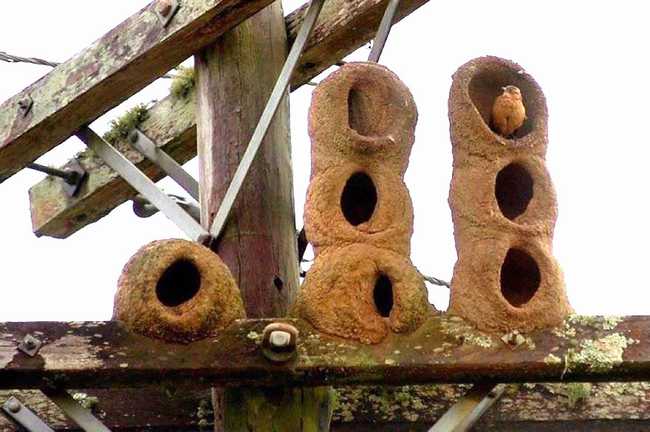 |
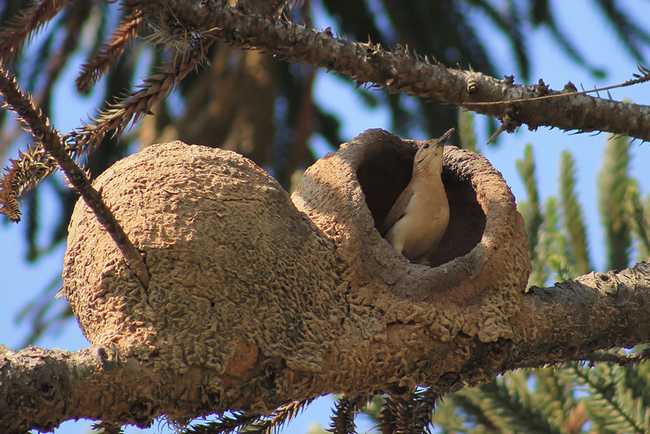 |
| Sources: merlinsilk.com,Eric Henrique |
|
2. Montezuma Oropendola
The Montezuma Oropendola use vines
and grass to build colonies of up to 30 individuals, comprising of an
alpha male and his harem of females.
|
 |
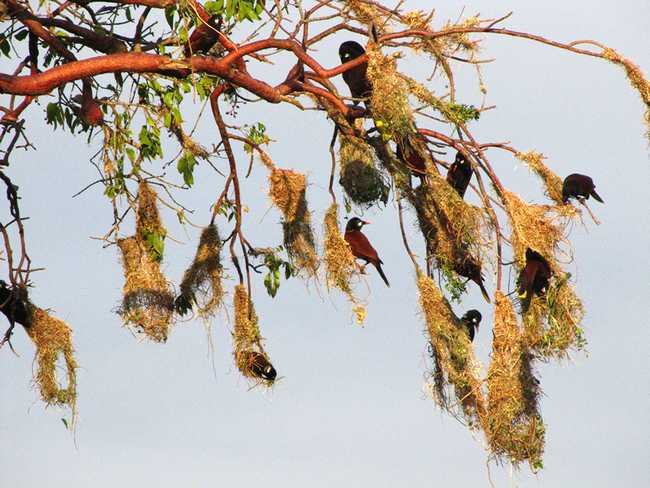 |
| Sources: Andrew Block, Simon Valdez |
|
3. The Sociable Weaver
Native to Southern Africa, the
Sociable Weavers build huge communal nests that host hundreds of the
little flyers, many of whom are part of the same family. Using sticks
and grass, the weavers make these permanent homes, using the inner
chambers of the nests to stay warm during the cold season.
|
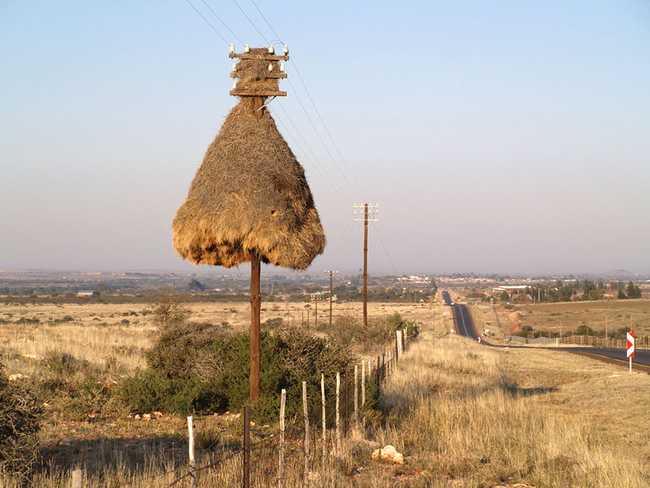 |
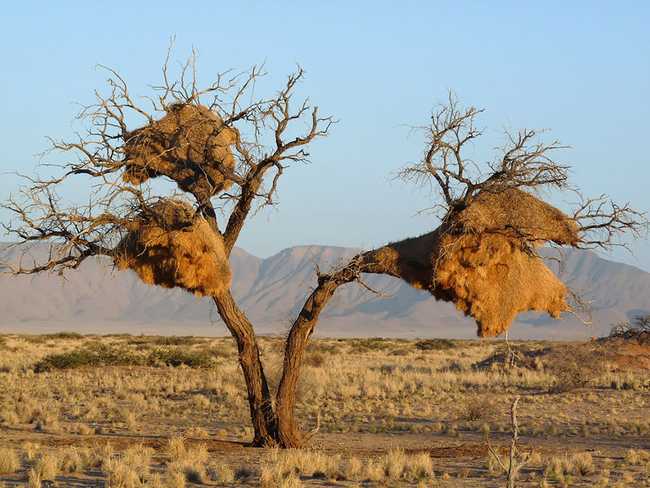 |
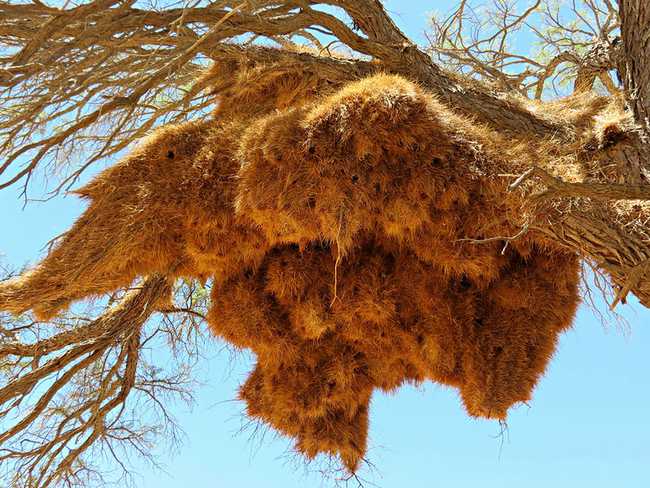 |
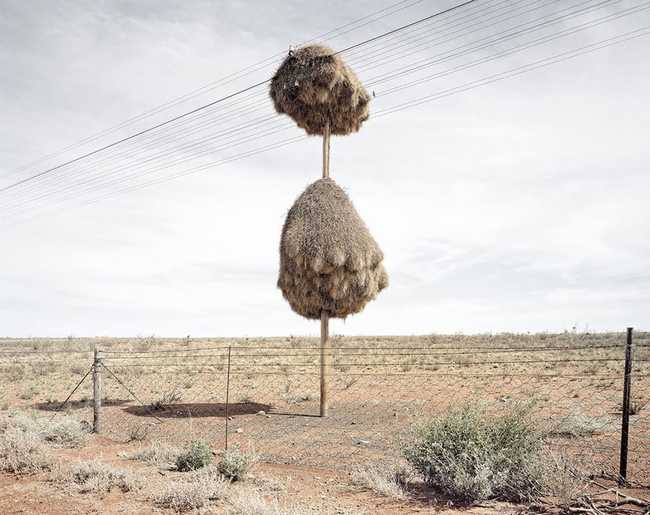 |
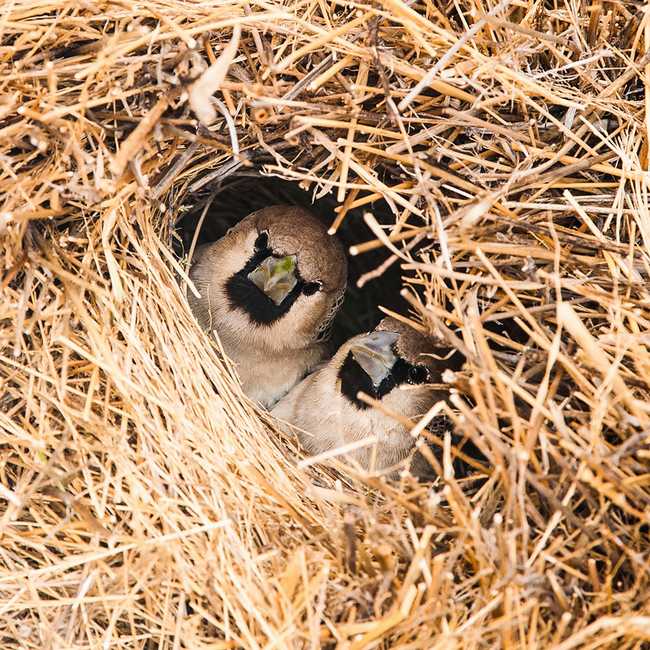 |
| Sources: Mike Soroczynski, TyneWear-Rob, Linda De Volder, Dillon Marsh, Denis Roschlau |
|
4. Swallows
Some Swallow species build nests out
of various materials, some scavenge for abandoned nests, but some
species choose to build their nests using their own saliva. (In some
places, these edible nests are considered a real delicacy...)
|
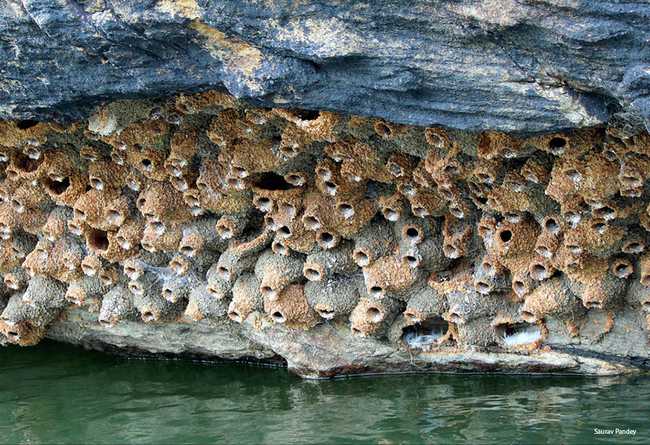 |
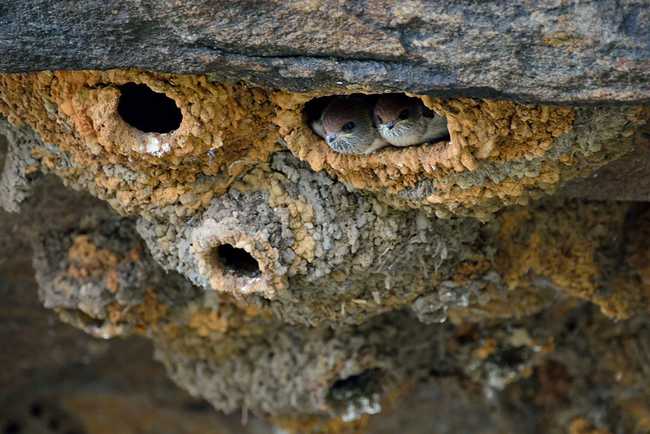 |
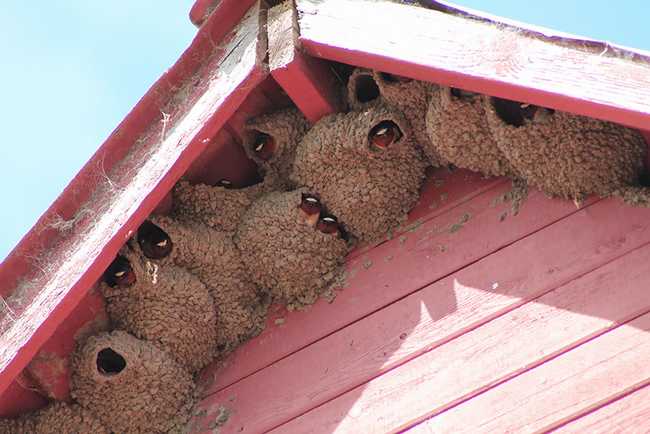 |
| Sources: Saurav Pandey, thetransientbiologist.wordpress.com, Sabyasachi Kolkata |
|
5. The Vogelkop Bowerbird
These small huts (called bowers),
comprised of grass and sticks, are built by the male Vogelkops in order
to attract potential mates. To make their huts look even more
successful, the Vogelkops arrange berries, sticks, beetles, etc.
outside. Oddly enough, the bowers are later abandoned and not used for
raising their young.
|
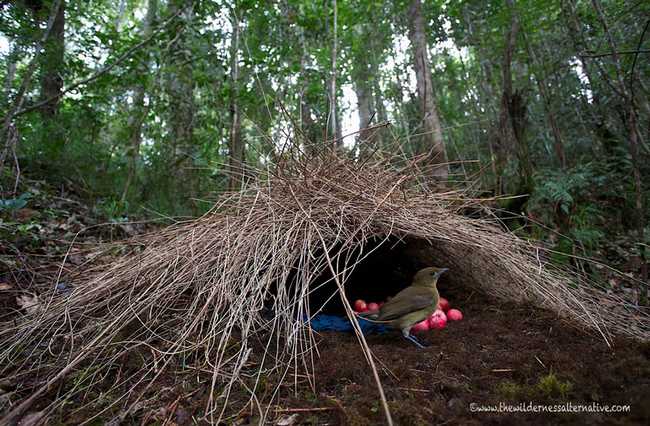 |
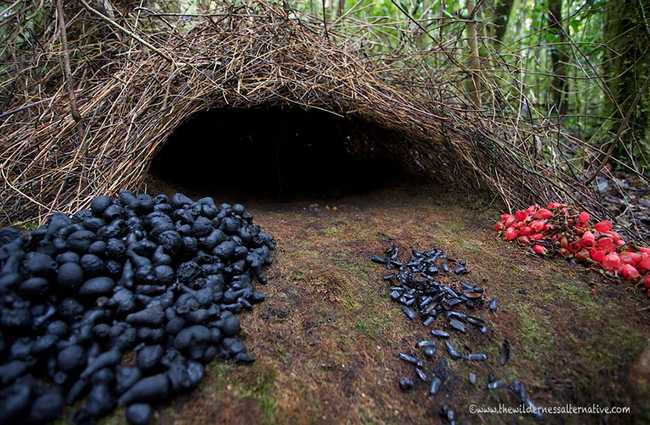 |
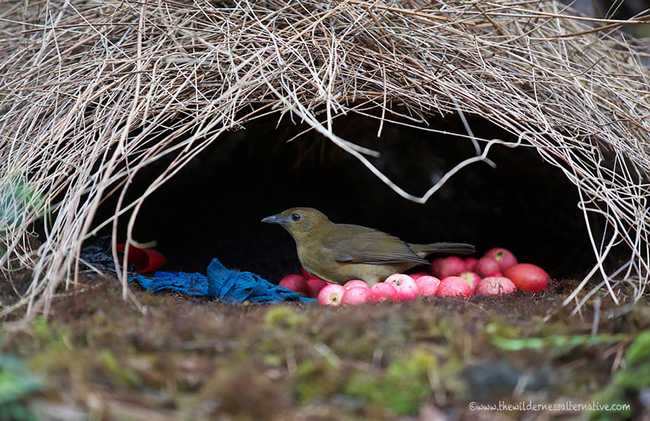 |
 |
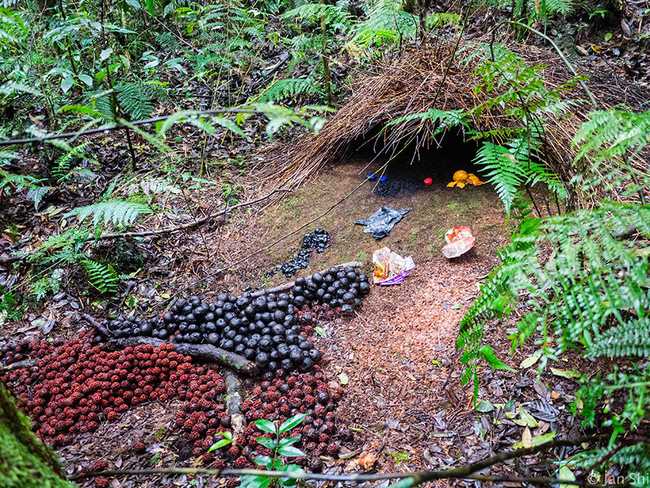 |
| Sources: Ingo Arndt,thewildernessalternative.com, cannedyams.wordpress.com |
|
6. The Baya Weaver
To protect themselves from predators,
the Baya Weaver birds build their nests in Acacia trees and thorny
palms. While the weavers are often found in colonies, the occasional
lone nests do exist.
|
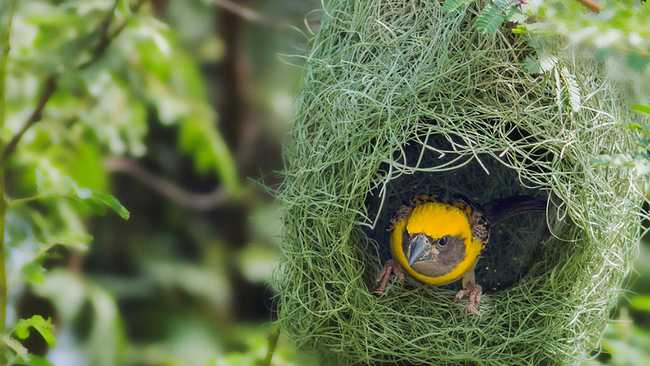 |
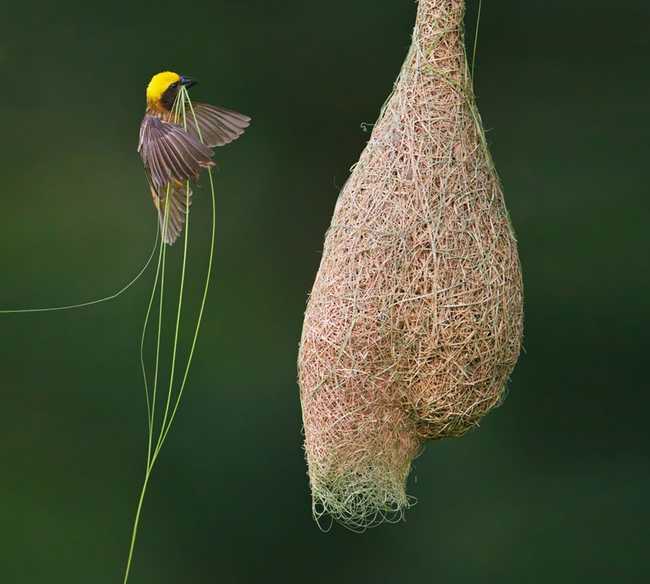 |
 |
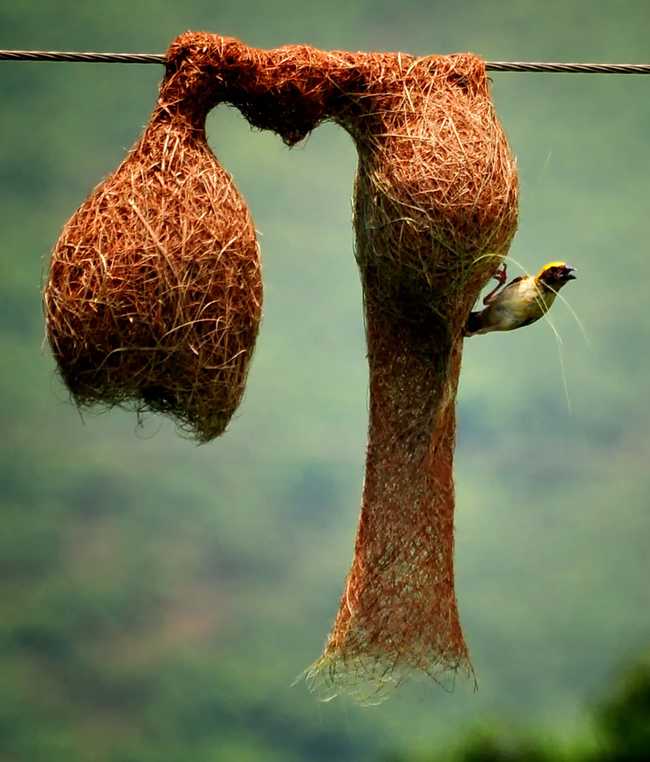 |
| Sources: Ingo Arndt, Ramnath Bhat, Farhan Younus, subroto |
|
7. Australian Weaver Ants
Native to Central Africa and
South-East Asia, the Weaver Ants use live leaves bound by silk they
produce to make their nests. While smaller nests are made of a single
leaf, some nests can reach sizes of half a meter, comprised of many
leaves.
|
 |
| Source: Ingo Arndt |
|
8. European Red Wood Ants
The European Red Wood Ants build
their anthills in huge mounds on forest floors. The colony will often
build several mounds, interconnected with the main hill, and would move
to the adjacent mounds if the main one is damaged beyond repair.
|
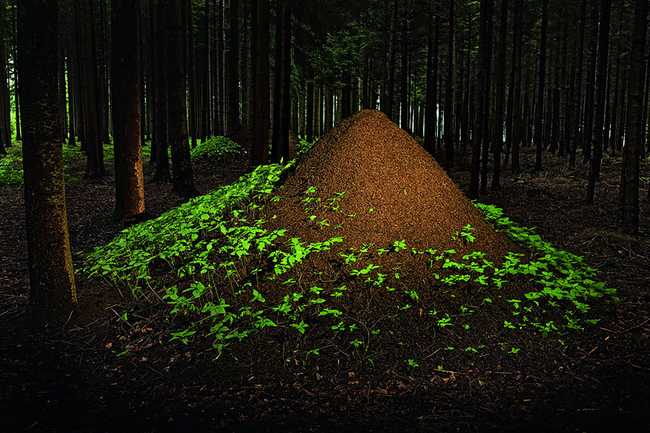 |
| Source: Ingo Arndt |
|
9. The Caddisfly
When the Caddisfly larva reaches its
time to pupate, it weaves a cocoon out of sand, shells and pebbles, with
silk it produces, providing itself with a safe, armored place in which
to mature.
|
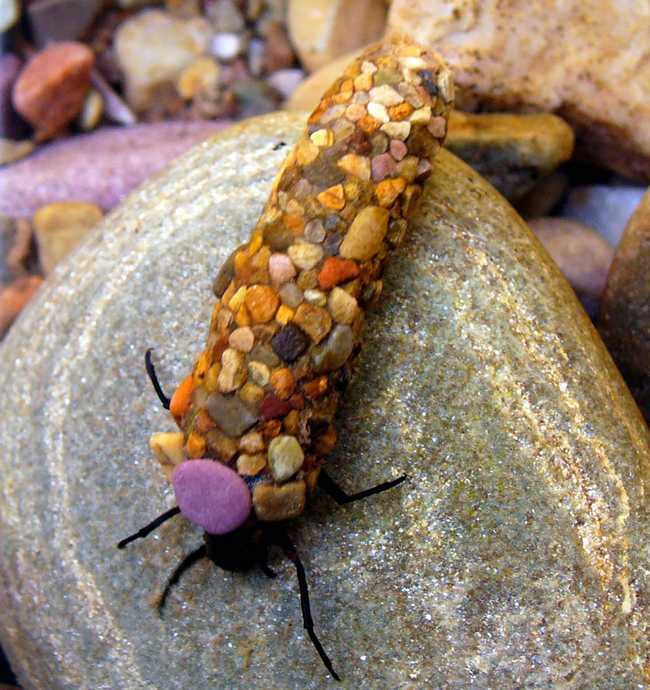 |
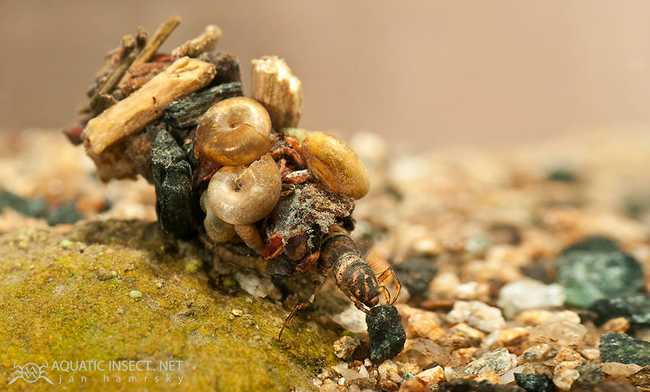 |
| Sources: heatherkh, Jan Hamrsky |
|
10. Compass Termites
These huge wedges are the nests of
the Compass Termite. The wedges are generally north-south oriented,
which gave these insects their unusual name. It is believed that they
mounds are build that way to regulate the temperature of the underground
nests.
|
 |
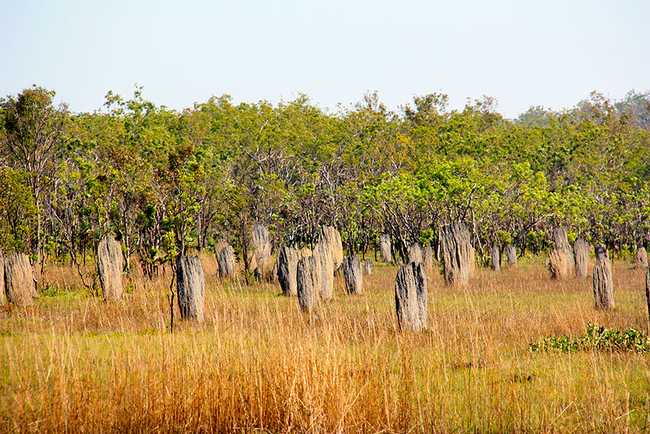 |
 |
| Sources: Ingo Arndt, dabendansbookshelf.wordpress.com, Travel NT |
|
11. Wasps
Most wasps actually don’t build nests
(preferring solitary life or as parasites), but social wasps build
paper nests by mixing plant pulp with their saliva.
|
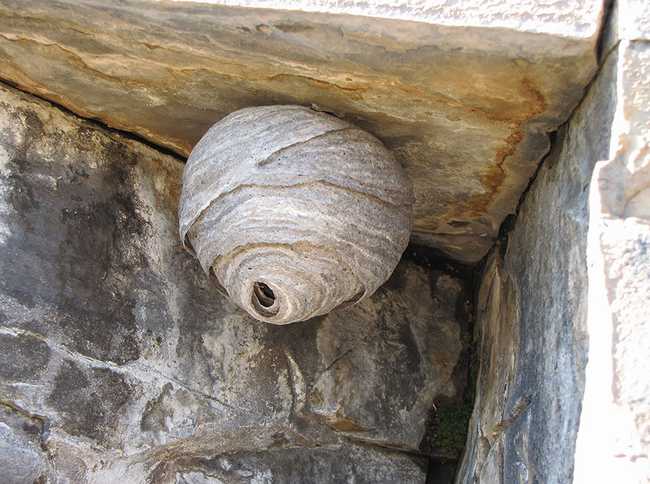 |
 |
| Sources: Antoinette, crabcaked |
|
12. Bees
Bees’ entire lives are based on their amazing nests. Made out of wax, they are born, eat and raise their young in these nests.
|
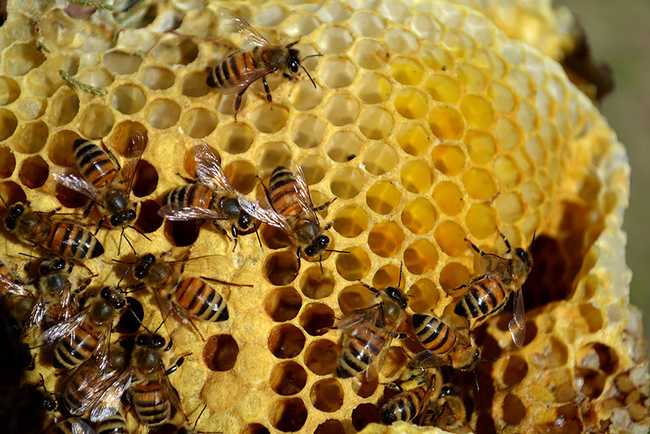 |
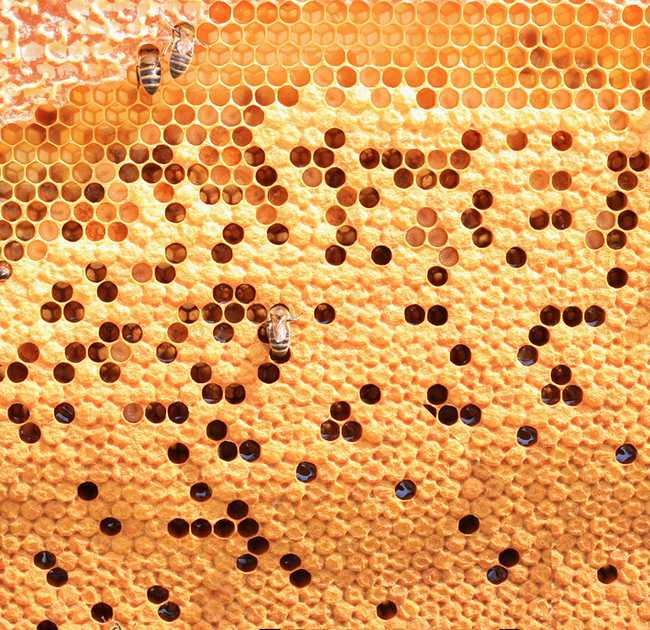 |
| Source: Damian Biniek |
|
13. Beavers Beavers are famous for building damns. These wood and grass structures are built to flood a certain area with water, while the beavers use the underwater entrance to the damn in order to avoid predators and make fishing easier. The largest known damn is nearly a kilometer (3000 feet) long, and is located in Canada’s Wood Buffalo National Park. |
 |
| Source: Ingo Arndt |
dimanche 19 octobre 2014
13 Amazing Animal Architects & Their Homes
Inscription à :
Publier les commentaires (Atom)
Aucun commentaire:
Enregistrer un commentaire